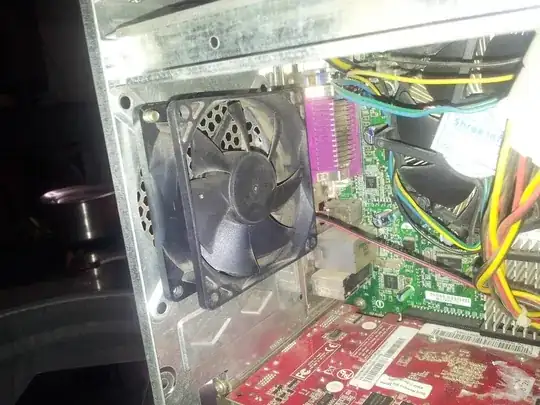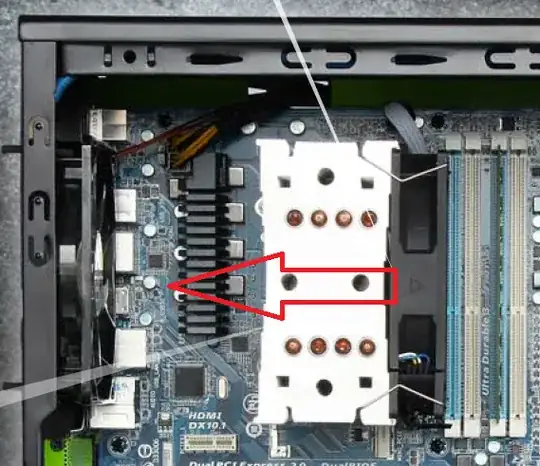The key word is flow... as in Air Flow.
You need a good, solid, relatively uninterrupted flow of air into and subsequently out of the computer case. I am not sure, but I believe in this case, where you use the term CPU, you actually mean the computer case.
Typically, there is at least one fan mounted in the front of the case drawing air in. It is usually positioned near the hard drives and forces air against or over them to increase cooling there. Your power supply, or PSU, usually also has at least one fan inside of it, positioned to draw air from within the computer case and push it out of the back of the case. Thus, a single fan pulling air into the case from the front, and the fan within the power supply pulling air out of the case will create a flow of air through the case.
It is better to create negative air pressure within the case... that is to say, it is better to have more fans pulling air out of the case, than it is to have more fans pushing air into the case. However, you do not want to put fans in spots so as to have them compete against each other. Your overall goal is to have air move across as many components as possible, to draw the heat they generate away and out of the case. Most cases will have at least one spot on the back of the case to mount a fan... and you would mount a fan there to move air out of the case... or in the same direction as the air is moving from the PSU fan typically above this spot.
If the case has a mounting position on the side for a fan, the direction of air flow from this spot depends on the design of the case, how many other fans you have already mounted in the case, and the direction of airflow. For example, there are cases that have a mounting spot on the side of the case directly across from where the processor (or CPU) is expected to be, and some of these cases actually include a vent hose to be mounted around the fan you put on the side of the case, to force air directly onto the CPU heatsink.
CPU fans... meaning the fans mounted to the heat sink that sits on the processor, will pull air from inside the case, and push it down into the heat sink. This of course, deals with the heat sink design that has a fan sitting directly on top of the heat sink. More modern heat sink designs now will mount a fan on the side of the heat sink, so that air is pushed across it, rather than down on top of it. This design tends to work in conjunction with a fan being mounted at the back of the case... where the air being pushed across the heat sink is then pulled directly out of the case by the rear mounted fan.
In short, where you mount this fan, and what direction it moves air, depends completely on your existing case design. You should, however attempt to put it somewhere that it will remove warm air from within the case.

